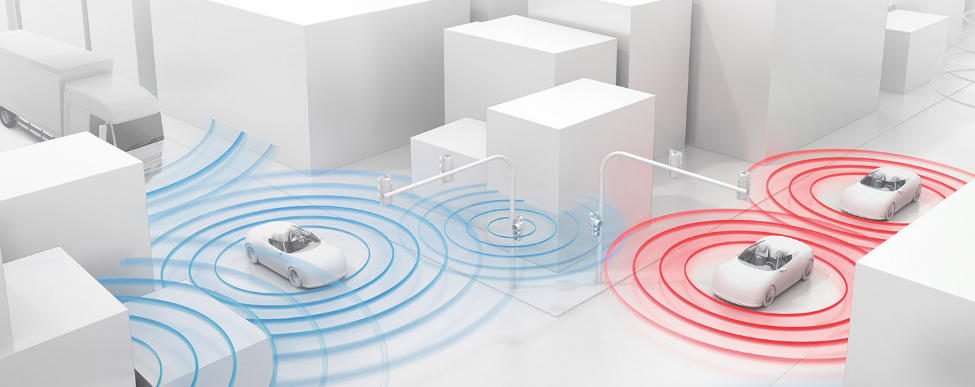5G Automotive Association and European Automotive Telecom Alliance to develop new connected car standards

The 5G Automotive Association and the European Automotive Telecom Alliance have entered a cooperation deal in the field of connected and autonomous driving solutions as well as standardisation, spectrum and related use cases.
5GAA and EATA say they are dedicated to prioritising the use cases identified by the two organisations in order to establish the technical requirements that need to be addressed, both in the short and in the long term.
In order to better support standards for connected and automated driving, standardisation prioritisation for standards bodies such as ETSI, 3GPP and SAE is necessary as well.
The group say it’s “beyond dispute” that promoting spectrum-related issues, such as vehicle-to-x infrastructure, agreement on usage modalities of certain bands, security and privacy, as well as vehicle safety requirements to be supported by both mobile network operators and vehicle manufacturers will need to be addressed jointly.
Also, the group says agreement between mobile network operators and original equipment manufacturers is “key to developing business models and aligning the timelines of both industries”.
5GAA includes 33 members, of which eight are founding members. They include:
- Audi;
- BMW;
- Daimler;
- Ericsson;
- Huawei;
- Intel;
- Nokia; and
- Qualcomm.
5GAA is a multi-industry association to develop, test and promote communications solutions, initiate their standardization and accelerate their commercial availability and global market penetration to address societal need.
Focus areas are the development, testing and promotion of communications solutions, the initiation of their standardization and the acceleration of their commercial availability and global market penetration to address society’s connected mobility and road safety needs with applications such as autonomous driving, ubiquitous access to services and integration into smart city and intelligent transportation.
EATA is comprised of six leading associations and 38 companies at present, including telecom operators, vendors, automobile manufacturers and suppliers for both cars and trucks.
The main objective of the alliance is to promote the wide deployment of hybrid connectivity for connected and automated driving in Europe.
EATA’s first concrete step is the advancement of a “pre-deployment project” aimed at testing the performance of hybrid communication required for automated driving under real traffic situations.
Furthermore, EATA seeks to identify and address service and technology roadmaps, safety and security needs, as well as regulatory and business issues.
The project will tackle cross-border interoperability, including digital and physical infrastructure, as well as vehicle localisation issues.
Christoph Voigt, chairman of the 5GAA board, says: “5GAA was created to connect telecom industry and vehicle manufacturers to develop end-to-end solutions for future mobility and transportation services. We look forward to working with EATA to define the requirements of C-V2X and to create a successful V2X ecosystem.”
Erik Jonnaert, chairman of the EATA steering committee, says: “The revolution that connected and automated driving is going to bring about at the societal level is already shaping Europe’s automotive and telecoms sectors at a rapid pace.
“This Memorandum of Understanding with the 5GAA not only brings the different industry partners closer together, but also reinforces the European Commission’s strategy on cooperative, connected and automated mobility that was launched at the end of 2016.
“Car connectivity and automation will require a mix of communications technologies, but it is clear that 5G technology can become a key enabler of Europe’s digital highways. Together, EATA and 5GAA will contribute to reinventing the driving experience.”

